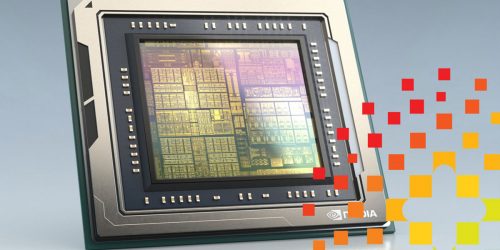Learning to Rank with XGBoost and GPU
This article was originally published at NVIDIA’s website. It is reprinted here with the permission of NVIDIA. XGBoost is a widely used machine learning library, which uses gradient boosting techniques to incrementally build a better model during the training phase by combining multiple weak models. Weak models are generated by computing the gradient descent using […]
Learning to Rank with XGBoost and GPU Read More +






